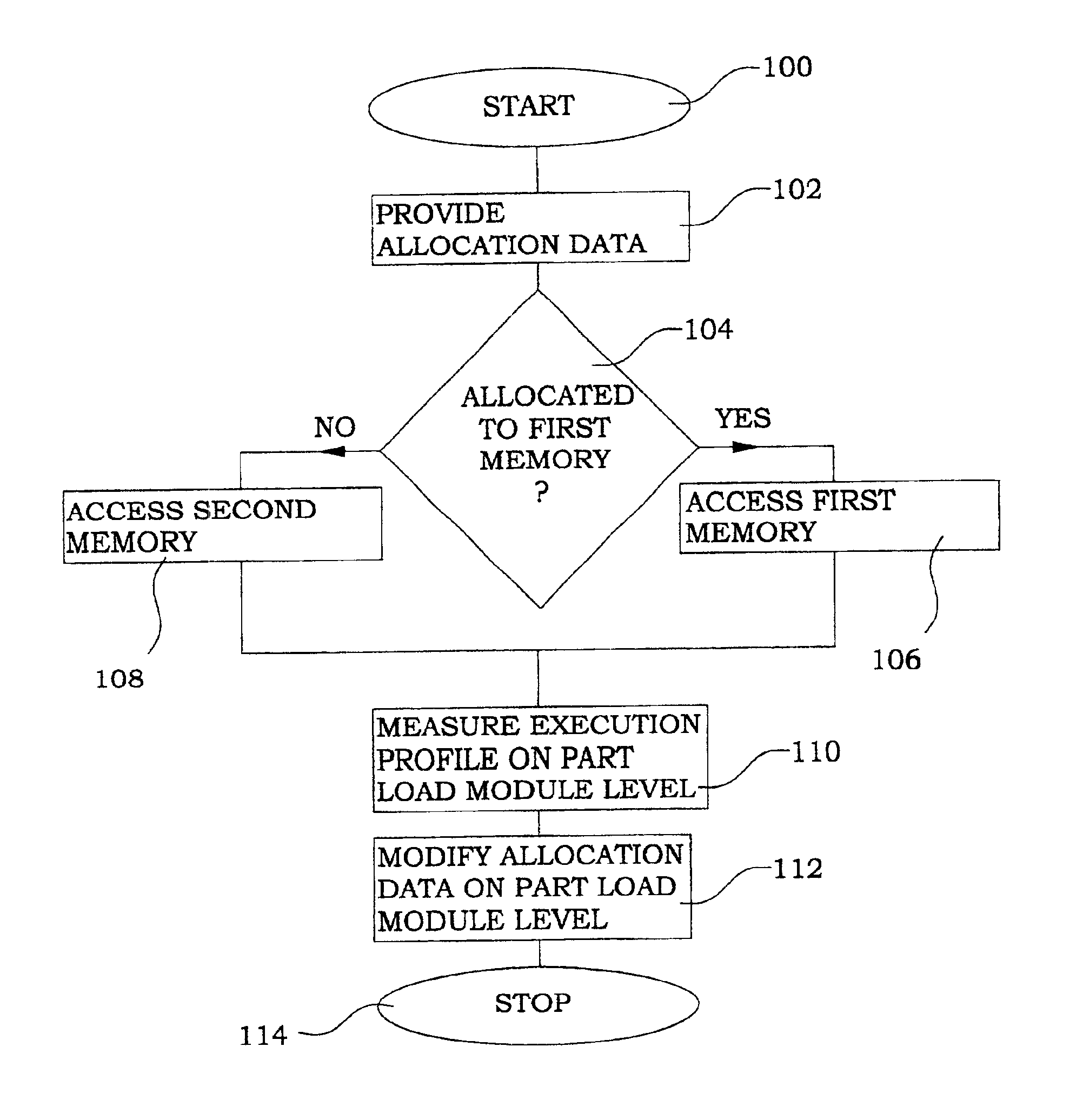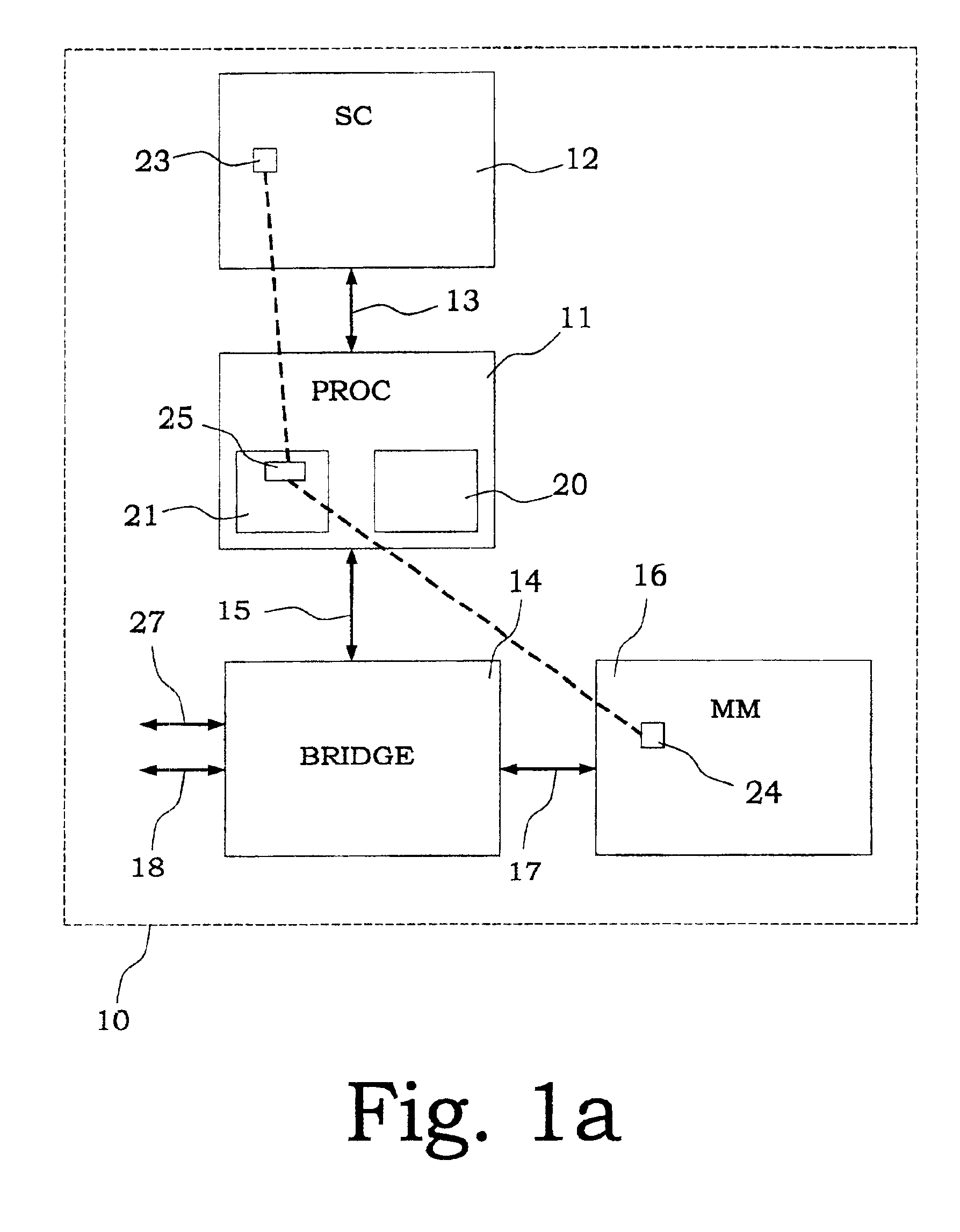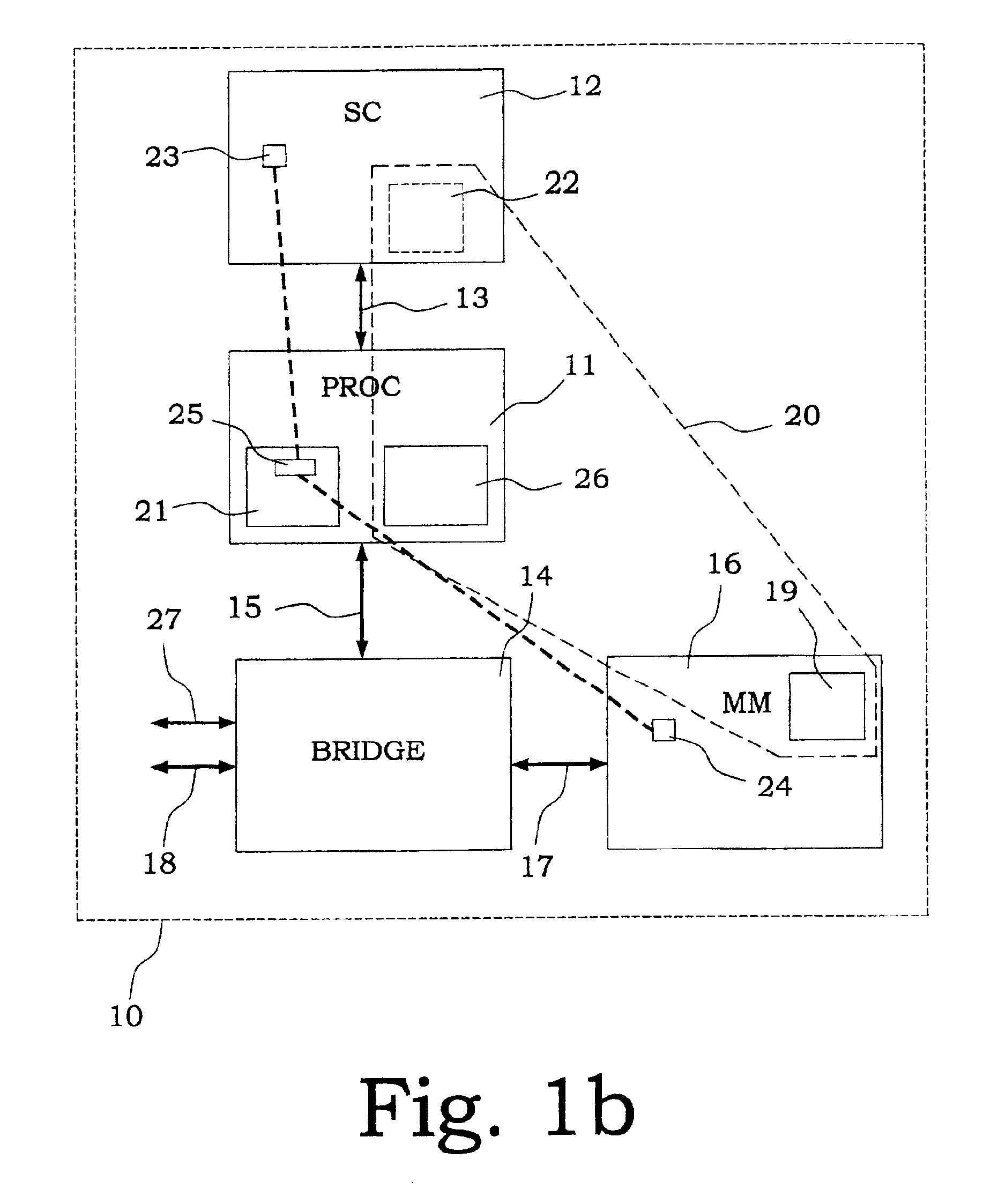Static cache
a cache and static technology, applied in the field of processor technology, can solve the problems of disturbing the disadvantages of cache systems of the prior art, the use of multi-level cache systems has not been employed in embedded processors, and the same degree of real-time systems, so as to ensure the predictability of program performance, eliminate or reduce, and fine granularity
- Summary
- Abstract
- Description
- Claims
- Application Information
AI Technical Summary
Benefits of technology
Problems solved by technology
Method used
Image
Examples
Embodiment Construction
The term data will generally refer to all kind of data, such as variable / record data, instruction data, reference data or a combination thereof.
In the following description, the term “variable” or “variable / record data” is used for different types of data, including e.g. a number, a record, a vector or a matrix of numbers. This kind of “variable” is in many applications also referred to as a “record”. The terms will in the following description be treated as synonymous words.
Instruction data or program data may comprise instructions, procedures, functions, routines and classes associated with programs, and is referred to as “instruction data” in the following description.
A load module is a quantity of data, both instruction data and associated variable / record data, which is loaded in order to be able to execute a certain program. In a personal computer (PC), this corresponds to an “EXE”-file, in Java, it is named “class file” and in the APZ system it is a “block”. The data blocks of...
PUM
 Login to View More
Login to View More Abstract
Description
Claims
Application Information
 Login to View More
Login to View More - R&D
- Intellectual Property
- Life Sciences
- Materials
- Tech Scout
- Unparalleled Data Quality
- Higher Quality Content
- 60% Fewer Hallucinations
Browse by: Latest US Patents, China's latest patents, Technical Efficacy Thesaurus, Application Domain, Technology Topic, Popular Technical Reports.
© 2025 PatSnap. All rights reserved.Legal|Privacy policy|Modern Slavery Act Transparency Statement|Sitemap|About US| Contact US: help@patsnap.com



